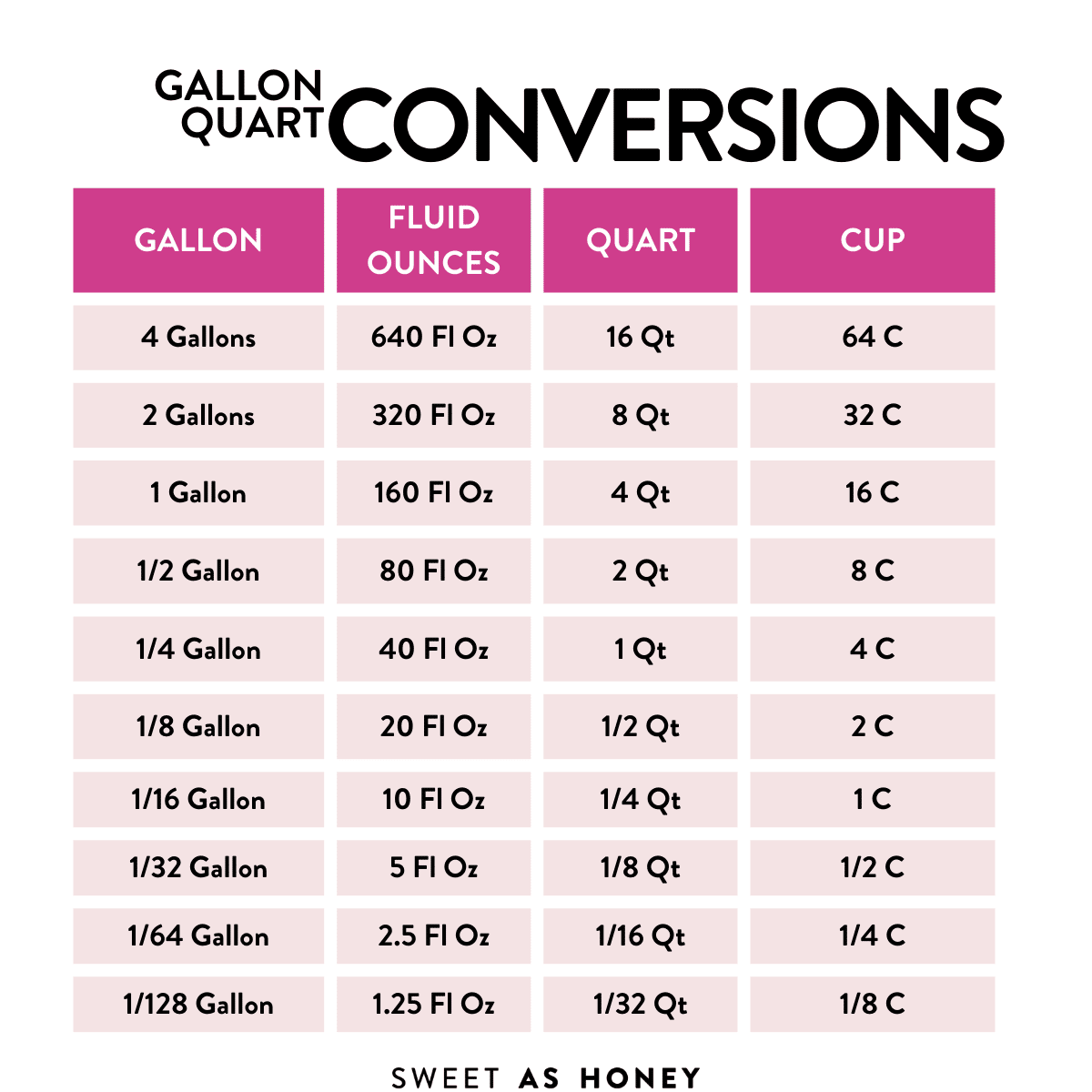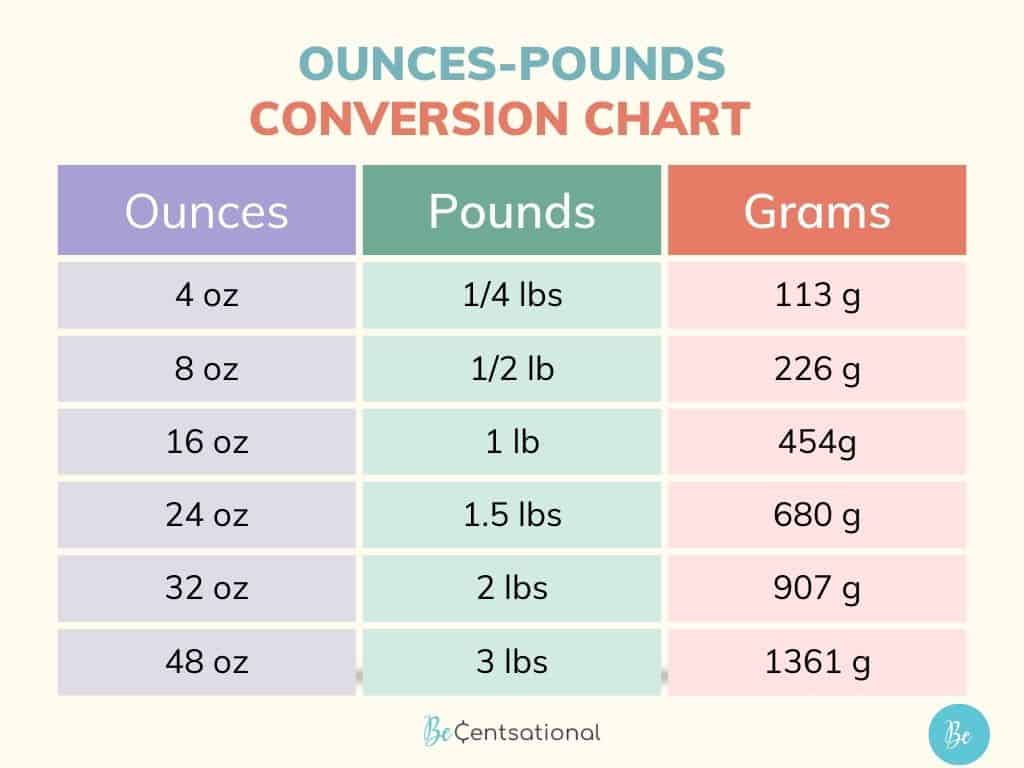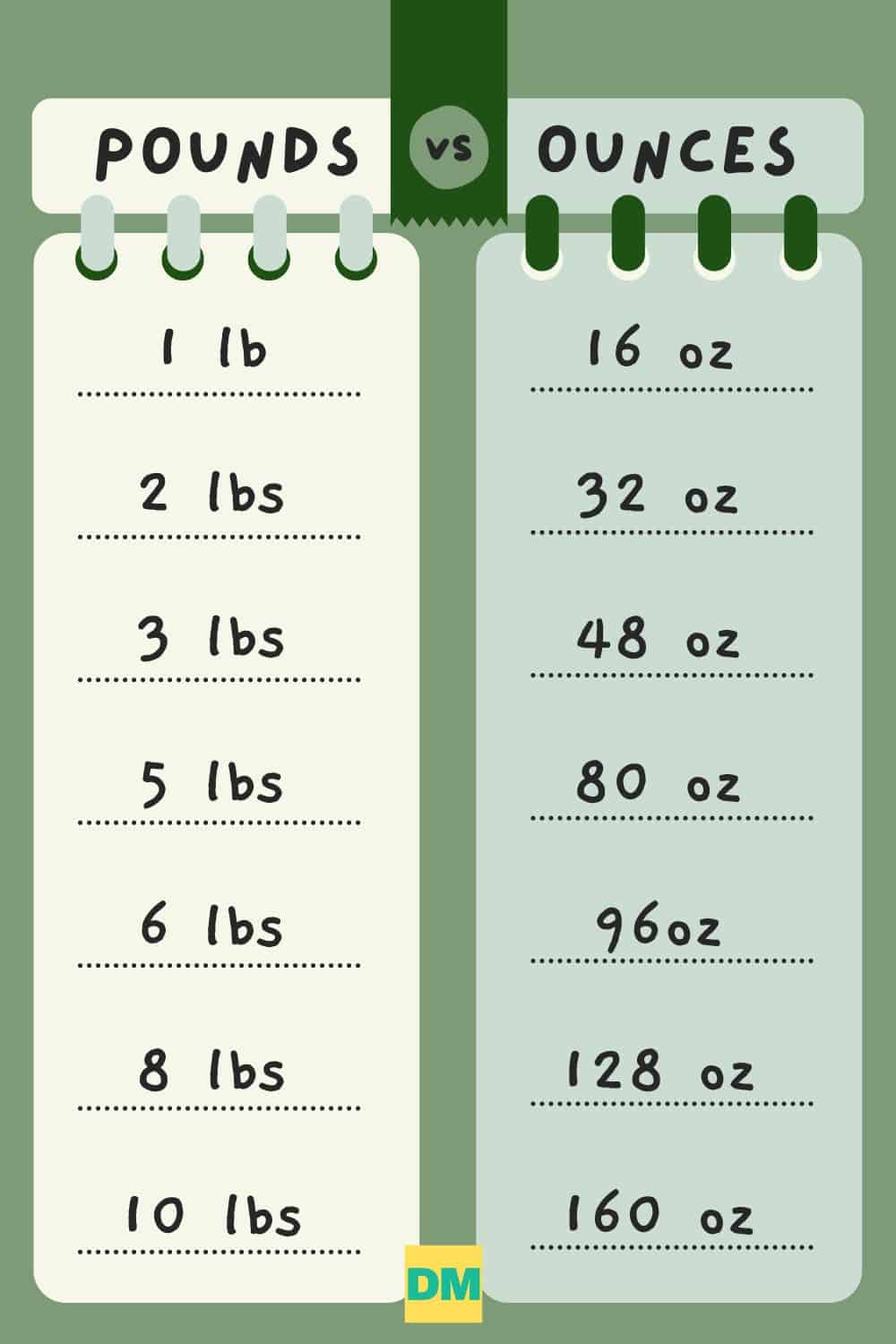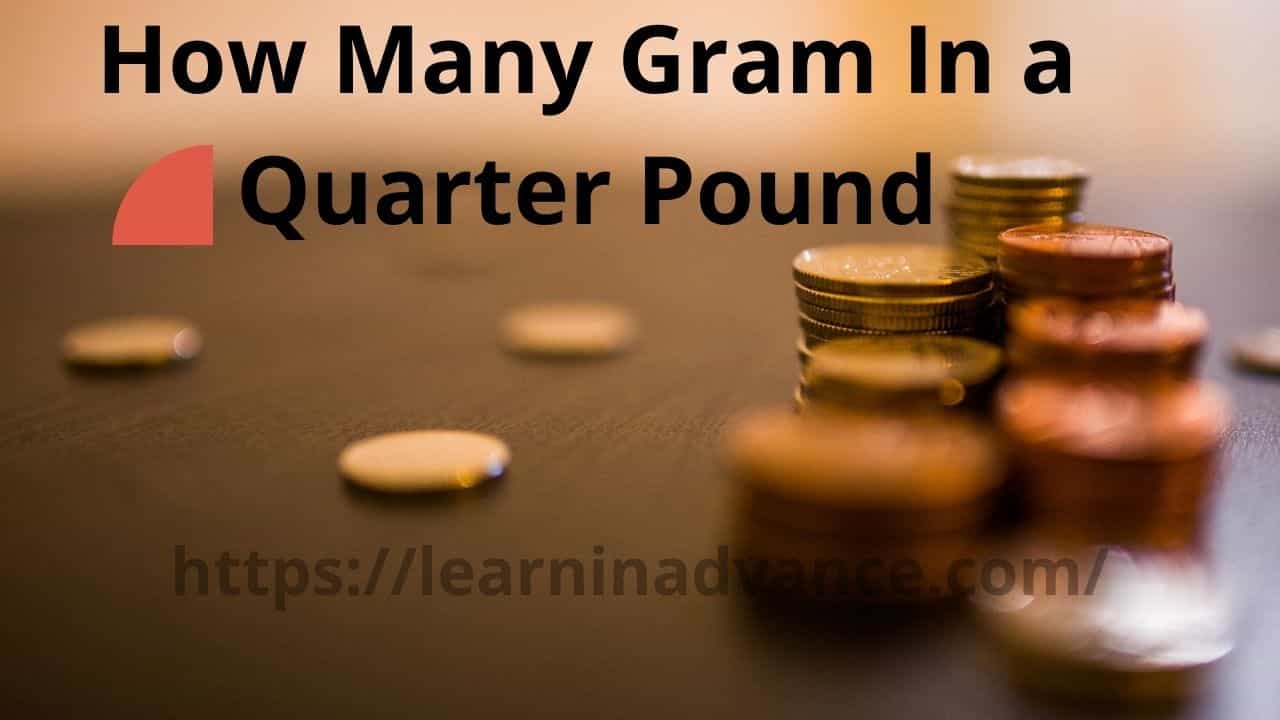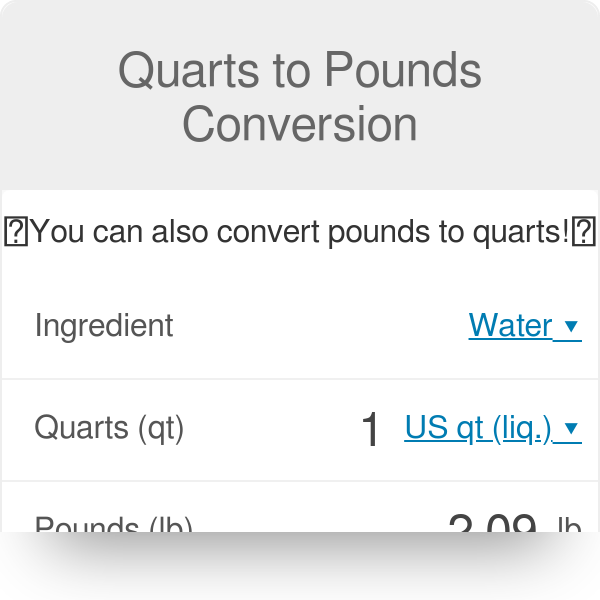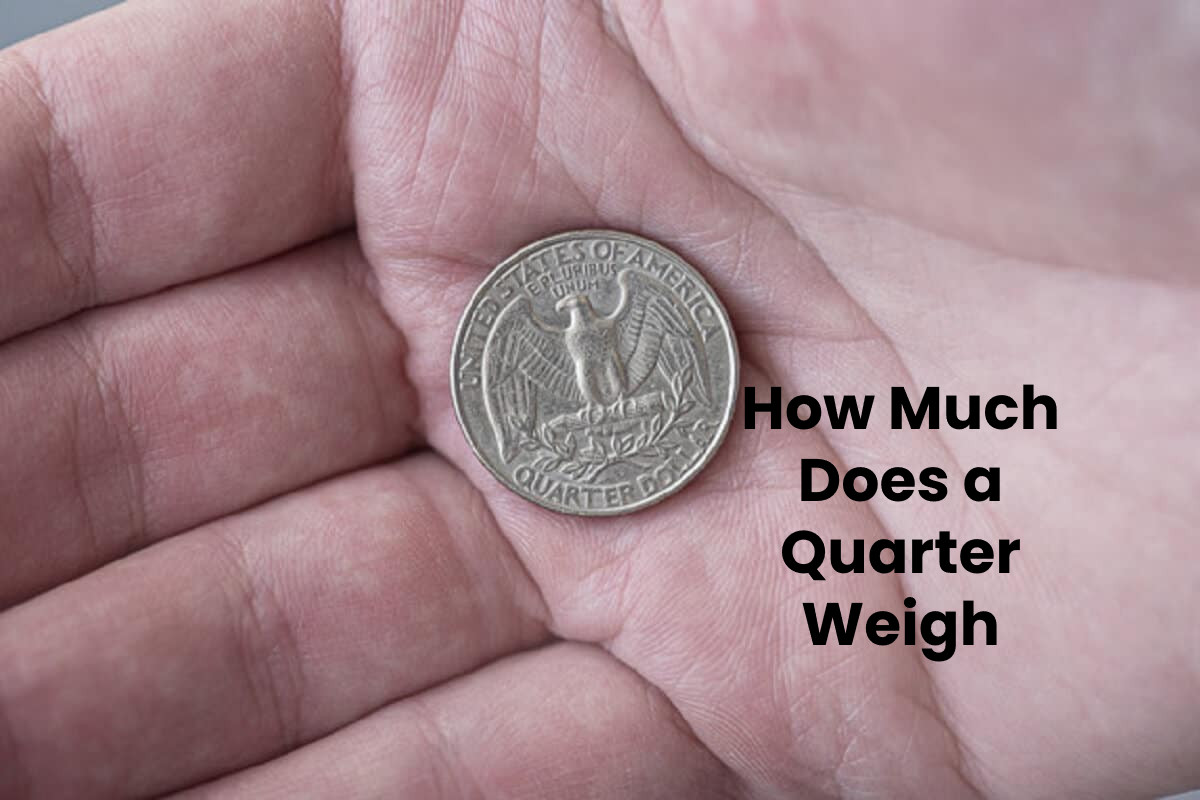How Many Quarters Are In A Pound
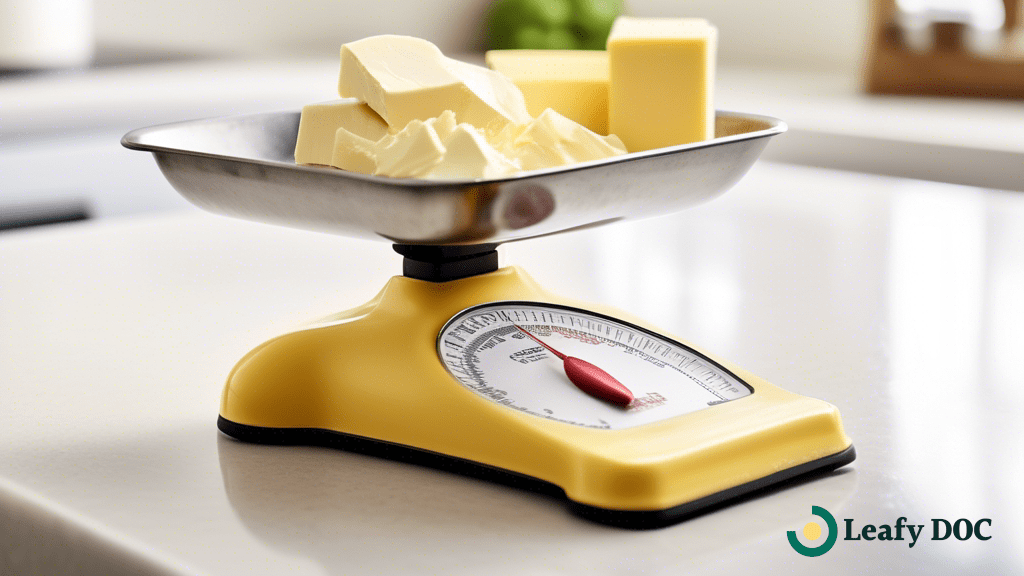
Breaking: A common question plagues the nation: How many quarters make a pound? The answer, crucial for coin collectors, vending machine operators, and the generally curious, is now definitively confirmed.
This article provides the exact number of quarters needed to equal one pound in weight, settling online debates and clarifying a point of everyday financial relevance. Stay informed and share this vital piece of information.
The Definitive Answer
The official count: There are approximately 20 quarters in a pound. This figure is based on the United States Mint's specifications.
Each U.S. quarter, according to the Mint, weighs 5.67 grams. Therefore, the number of quarters in a pound can be calculated from grams to pounds.
The Math Behind the Weight
One pound is equivalent to 453.592 grams. To determine the number of quarters in a pound, divide 453.592 grams by the weight of one quarter (5.67 grams).
The calculation is as follows: 453.592 / 5.67 ≈ 80. This translates to just about 20 quarters equaling a pound.
While there could be minuscule differences due to wear and tear on older coins, this serves as a highly accurate approximation. Knowing this helps with estimating cash.
Why This Matters
Understanding the weight of coins is critical in various scenarios. Coin collectors and recyclers are among those who are most interested in this measurement.
Vending machine operators, for example, often need to estimate the weight of coins for inventory and machine calibration. Coin collectors might use weight to determine if coin quantity is as expected.
Furthermore, businesses dealing with large amounts of cash benefit from knowing this conversion for efficient handling and deposit preparation. Being efficient reduces costs.
Practical Applications
Consider a scenario where you're collecting change for laundry or parking. Knowing that about 20 quarters equals a pound helps gauge how much weight you're carrying.
Similarly, if you're emptying a piggy bank, understanding the weight-to-value ratio of quarters can make the counting process more manageable. Weight could be converted to worth.
Also, knowing the number of quarters in a pound is helpful for estimating shipping costs, as weight impacts postal rates. Keep in mind, though, shipping includes packaging.
Variations and Considerations
While 20 quarters is the generally accepted figure, slight variations can occur. These are typically due to the age and wear of the coins.
Over time, coins can lose a small amount of mass from circulation and handling. These small amounts will not result in a full coin of difference.
However, for most practical purposes, the difference is negligible. Always check your results if you notice a discrepancy.
Impact of Coin Composition
Modern U.S. quarters are composed of a clad metal consisting of copper and nickel. This composition ensures consistent weight and durability.
Older quarters, particularly those made of silver, have different weights and compositions. Silver, compared to a nickel and copper blend, is more expensive.
However, those are rare to come across in everyday use. Be extra careful if you are handling old coins.
The Bottom Line
To reiterate, the approximate number of U.S. quarters in a pound is 20. This figure is based on the official weight specifications provided by the U.S. Mint.
While minor discrepancies might exist due to wear and tear, this remains the most accurate and widely accepted conversion rate. Therefore, your estimates should be accurate.
This knowledge empowers individuals and businesses to better manage and estimate coin-related tasks. Feel confident in your conversions.
Next Steps and Ongoing Developments
The U.S. Mint periodically updates its specifications and coin compositions. Any significant changes to quarter weight will be promptly reported.
Stay tuned for further updates on coin weights and related financial information. Be sure to share this information.
Continue to rely on verified sources for accurate data, ensuring informed decision-making in coin-related activities. Information is key.

